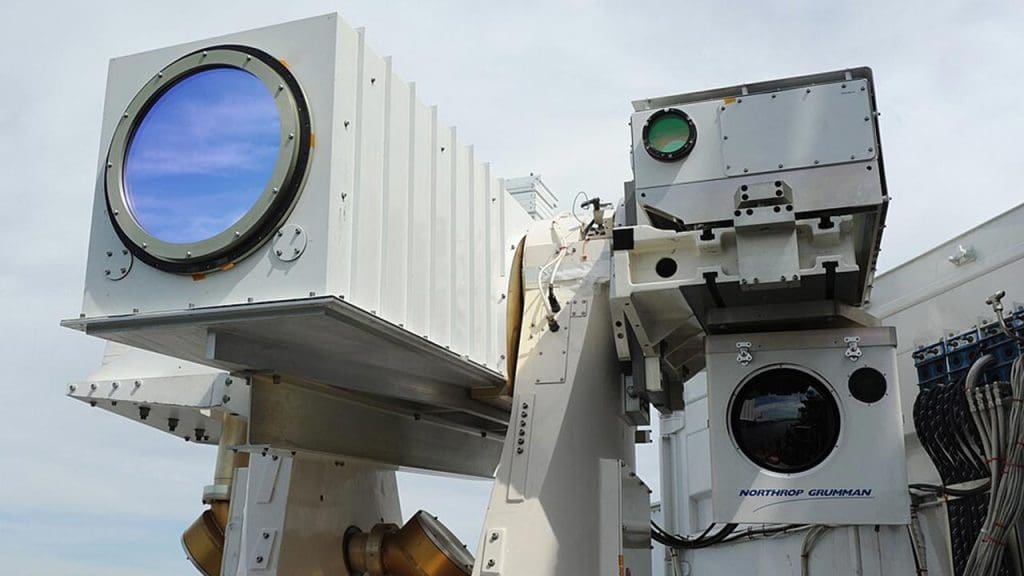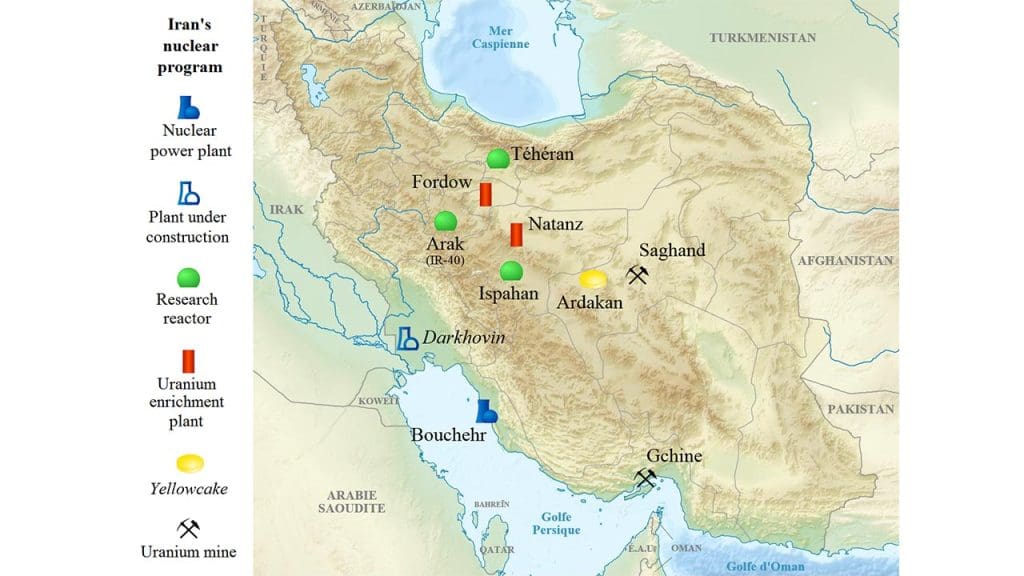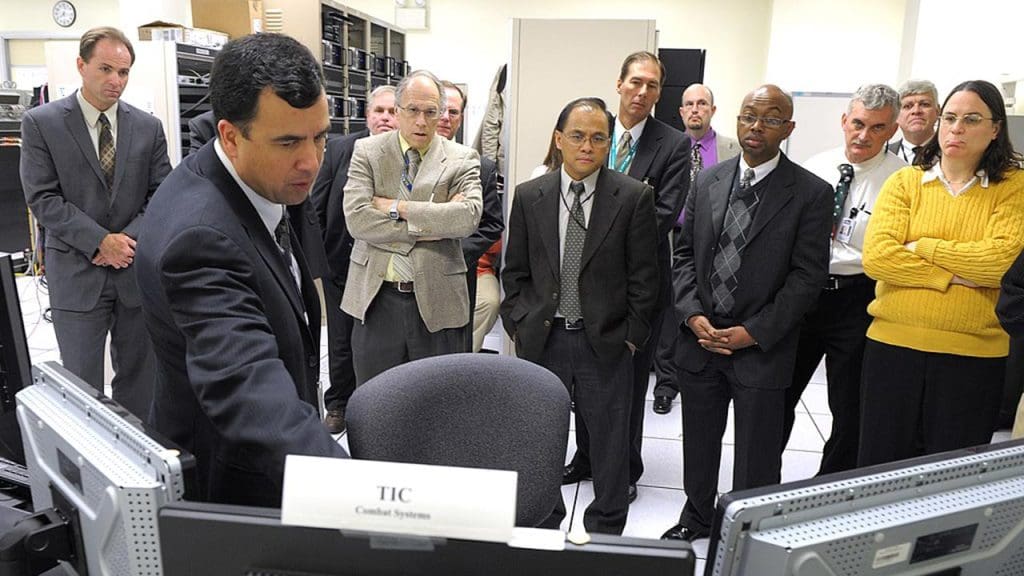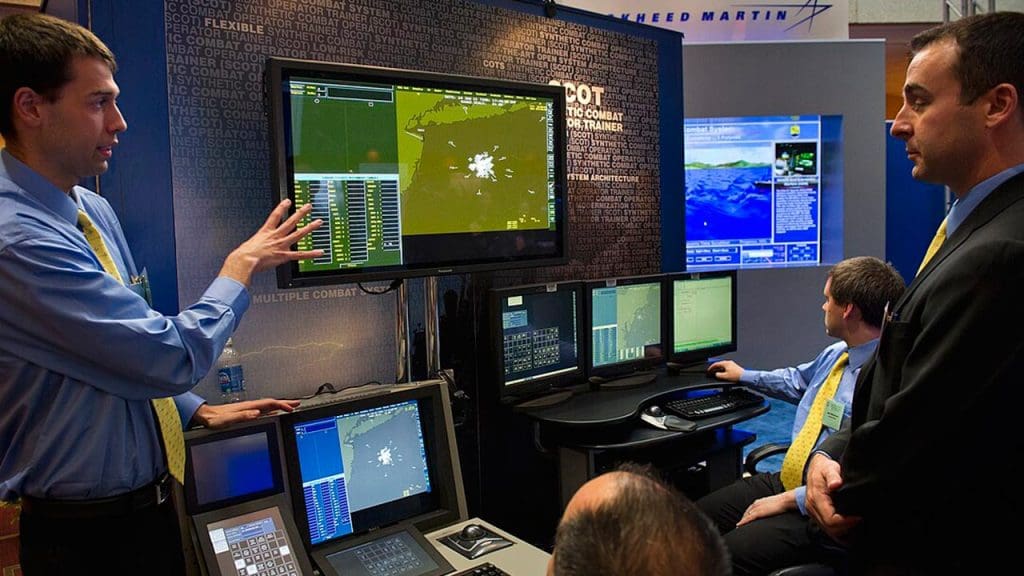
Predictive targeting has rapidly become an essential component in national security, particularly in the context of identifying and assessing threats from nuclear sites. With Iran’s nuclear program consistently drawing international attention, artificial intelligence (AI) is at the forefront of identifying the most valuable targets. This intricate blend of technology and strategy highlights sophisticated AI methodologies that are crucial in evaluating Iran’s nuclear facilities.
The Role of AI in Modern Warfare

The integration of AI into military applications has a rich historical context, evolving significantly over the decades. Initially used for data processing and logistics, AI has transformed into a cornerstone of modern defense strategies. Today, its capabilities extend to real-time data analysis, predictive modeling, and decision-making processes that were once the domain of human analysts. This evolution underscores AI’s growing importance in military operations, where speed and accuracy are paramount.
AI’s ability to analyze vast amounts of data has revolutionized intelligence gathering. By processing satellite imagery, communications, and various other data streams, AI offers a comprehensive view that traditional methods cannot match. The speed at which AI can process and interpret this data provides military strategists with timely, actionable intelligence, enhancing their ability to respond to threats effectively. The predictive power of AI in military decision-making is unprecedented, providing insights that drive strategic initiatives and operational planning.
Understanding Iran’s Nuclear Program

Iran’s nuclear program has been a point of contention and concern for the international community since its inception. Over the years, Iran has developed a range of nuclear facilities, some of which are believed to play a central role in its nuclear ambitions. Key sites such as Natanz, Fordow, and Arak are of strategic importance due to their capabilities and potential to enrich uranium. These facilities are constantly monitored by international bodies to ensure compliance with global nuclear agreements.
The International Atomic Energy Agency (IAEA) plays a crucial role in monitoring Iran’s nuclear activities, striving to ensure transparency and prevent proliferation. Despite these efforts, the geopolitical implications of Iran’s nuclear ambitions remain significant. The international community continues to respond with diplomatic and strategic measures, aiming to balance regional stability with the enforcement of non-proliferation treaties.
AI Methodologies in Predictive Targeting

Machine learning algorithms are at the heart of AI’s role in predictive targeting. These algorithms process and analyze data from various sources, including satellite imagery and signals intelligence, allowing for the identification of patterns that may indicate the presence of nuclear activities. Neural networks further enhance this capability by recognizing complex patterns and anomalies that human analysts might overlook, providing a deeper understanding of potential threats.
The integration of AI with geospatial intelligence further enhances the accuracy of targeting. By combining geospatial data with predictive algorithms, AI can pinpoint locations of interest with remarkable precision. This synergy allows for more informed decision-making, reducing the risk of collateral damage and increasing the effectiveness of military operations.
Ethical and Environmental Considerations

The use of AI in warfare raises significant ethical questions, particularly concerning its role in military targeting and decision-making. The potential for AI to operate autonomously in combat scenarios brings up moral dilemmas about accountability and the value of human oversight. While AI offers unprecedented capabilities, it also challenges existing ethical frameworks and necessitates ongoing discussions about its role in modern warfare.
Addressing the potential environmental impact is equally crucial, especially when considering the targeting of nuclear sites. The destruction of such facilities could have catastrophic environmental consequences, affecting ecosystems and human populations. AI can help mitigate these risks by improving the precision of strikes and minimizing collateral damage. However, existing international laws and regulations governing the use of AI in military operations are still evolving to address these complex challenges.
Future of Predictive Targeting in Global Security

As AI technology continues to advance, its influence on military strategies and global security is expected to grow significantly. Future developments in AI could lead to even more sophisticated applications, enhancing the ability to predict and neutralize threats before they materialize. The potential for AI to shape the future of warfare is immense, prompting both excitement and concern within the international community.
Collaborative international efforts are essential to harness the benefits of AI while mitigating its risks. By fostering cooperation in AI development, nations can work towards maintaining global peace and security. However, the deployment of AI in military contexts faces numerous challenges, including technological limitations and ethical considerations. Addressing these challenges is crucial to ensuring that AI remains a force for good in the realm of global security.